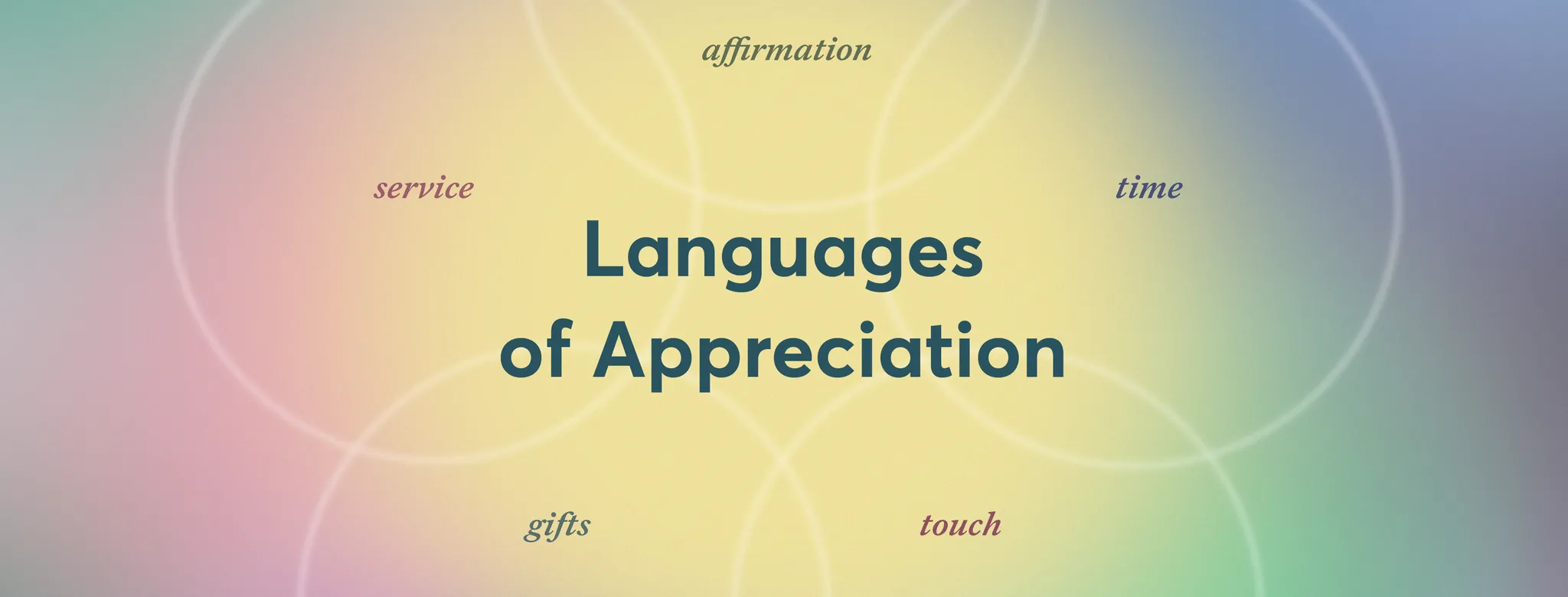
How to Use the 5 Languages of Appreciation to Improve Staff Retention
Last updated: July 31, 2023
The past year and a half inspired many people to reevaluate their day-to-day lives—including their careers. According to Forbes, one in four workers are preparing to look for new job opportunities once the pandemic has fully subsided. If you're a business owner with employees, that stat is significant.
You may be faced with high employee turnover already. If so, there's no better time to prioritise staff retention. Offering benefits like performance-based pay, childcare, and education opportunities can incentivise and retain your staff. That said, there's likely not a one-size-fits-all solution. What matters to one employee may not be as important to another.
How do you find out what's most important to each of your team members—and use that knowledge to foster better relationships and retention? Languages of appreciation can help.
What languages of appreciation look like in the workplace
The 5 Languages of Appreciation, better known as the 5 Love Languages®, is a concept developed by Gary Chapman. The basic premise is that different people give and receive appreciation in different ways. The five languages include words of affirmation, quality time, acts of service, tangible gifts, and physical touch. When applied in the workplace, these languages help business owners effectively acknowledge and reward employees. Nearly 8 in 10 employees work harder when recognised in the workplace and over 91% of HR professionals believe recognition and rewards make employees more likely to stay.
Here's how you can use languages of appreciation to recognise your team in a way that's relevant and personal.
Words of affirmation
Employees with words of affirmation as their primary language of appreciation value verbal acknowledgement. Words of affirmation can be spoken (e.g., "You crushed that class!" or "I love the way you went out of your way to make that new customer feel welcome.")—or written, in a note, a message in your team's Slack channel, or a text. Another way to appeal to this language is through public recognition—a shoutout in a team meeting or an employee of the month post on social media, for example.
Quality time
Those on your team whom this language resonates with value belonging and shared experiences in the workplace. These individuals seek focused attention from coworkers and leadership. Meet their needs with frequent check-ins and scheduled one-on-one meetings. Make a point to host team get-togethers like outdoor picnics, happy hours, and volunteer events, too.
Acts of service
Team members who value this language appreciate small gestures. Offer to cover them when something arises in their personal life, surprise them with a coffee in the morning, or help them carry their yoga mat to their car at the end of the day. Lend a helping hand—it'll go a long way with these employees.
Receiving gifts
People who prioritise this language felt most acknowledged by tangible gifts. This might be a present on their birthday or work anniversary, or an employee reward program where they can earn points and redeem for products or experiences (e.g., a gift card to their favourite restaurant or a massage). Gifts don't have to be expensive to be meaningful.
Physical touch
Team members who feel appreciated through physical touch love high-fives and knuckles when they've done a good job. These types of celebrations are most often spontaneous. That said, be mindful of personal boundaries.
If you don't feel comfortable with physical touch, this language can be spoken by showing empathy to employees. Ask them what's going on in their lives and provide extra support when needed.
How to foster appreciation at your business
The languages of appreciation are extremely effective when executed naturally. The best way to learn the language of each of your team members is to take the job personality test as a team. Another option is to observe what types of things get them excited (if you haven't already) and test them out! What do they respond well to? What do they thank you extra for? What puts a smile on their face?
Now that you're familiar with the languages in the workplace, look for opportunities to put them into practice.

